
© Erin Baiano. (Click image for larger version)
New York City Ballet
New Combinations: Partita, Summerspace, DGV: Danse à Grande Vitesse
★★★★✰
New York, David H. Koch Theater
27 January 2022
www.nycballet.com
davidhkochtheater.com
A Roomful of Sound
The past few weeks have been rough for dance (and theater in general). Omicron arrived in the middle of the holidays, forcing shows to shut down and seasons to end early. The artists, and the public, are weary. Every opportunity to go back to the theater feels precious.
New York City Ballet decided to delay the start of its winter season by ten days – a prescient move, as infection numbers in the city have now begun to recede significantly. Opening night, on January 27, seemed well attended; people need art, and joy, in their lives. The public’s efforts were rewarded. The program opened with one of Justin Peck’s best pieces in years, Partita.
The work, for eight dancers, is set to Caroline Shaw’s Partita for Eight Voices, sung by eight singers from the group A Roomful of Teeth, in the pit. Shaw’s 2012 Partita is a glorious tapestry, with six sections, each of slightly different character, focusing on breath, sustained vowels, hymn-like chanting reminiscent of the Shakers, smears of sound, ringing harmonies, numbers, and vocalizations like vocal fry and throat singing.

© Erin Baiano. (Click image for larger version)
Above the dancers hang patterns of fabric, forming circles of different colors, bathed in Brandon Stirling Baker’s shifting, often golden light. Parts of the stage are dark, offering privacy and intimacy; others glow warmly. In the midst of all this sonic and visual color, eight dancers in simple athletic garb (by Reid Bartelme and Harriet Jung), and sneakers, move with energy and purpose, responding to the dynamics and texture of the voices, and to the light, and to each other.
It’s a sophisticated piece, with much less of the “aww, we’re just kids” affect that has characterized much of Peck’s recent, pre-West Side Story work. The focus is on the things he does best: his almost mathematical-architectural imagination, and his ability to create structures that move and morph and evolve, in response to music. As the voices amplify, a dancer may open up his or her arms and chest, creating a visual illustration of the sound. Particular dancers pick up motifs in the singing; momentarily you “see” the score, ascending, descending, accelerating, etc. But then the focus returns to how two or more bodies interlock and support each other in space. Arms and bodies intertwine; in some moments, the dancers become a single organism.
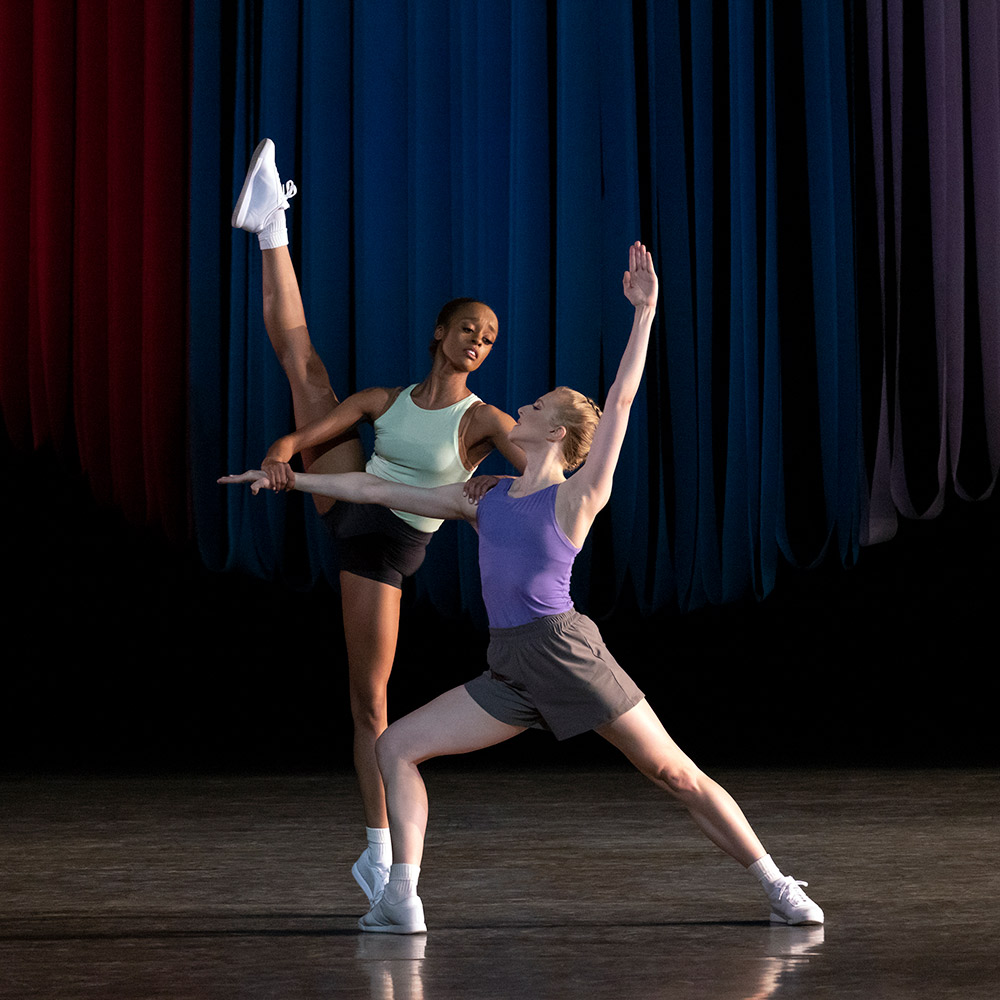
© Erin Baiano. (Click image for larger version)
There are group sections in which the dancers do their own thing as part of a larger whole, and then there are two duets, each for a pair of the same sex. In a quiet, breathy section, Claire Kretzschmar and India Bradley lift each other, support each other in turns, hold hands, bend, and interlock arms. Harrison Coll and Taylor Stanley engage in more muscular partnering, tilting, and catching, their arms crossing and folding into each other. Origami comes to mind. The movements are clean and crisp, like lines on a page. (Caroline Shaw says her score was inspired in part by the line drawings of Sol LeWitt.) The dancers use virtually no turnout, and walk casually. Partita is more of a dance than a ballet, studiously American in tone.
Throughout, Tiler Peck acts as a connective element; she walks across the stage, as if on a voyage, and performs a solo, scooping the air with her arms, spinning, lifting her leg in a repeated, delicate move that later spreads to other dancers. Her duet with Chun Wai Chan, set to chanted numbers, is quiet, pensive. (Numbers run through the piece.) In the end, her search, whatever it is, infuses the dance with a sense of yearning – the ballet ends with all the dancers facing, and opening their chests, to the light. There is a gesture at transcendence here, on Peck’s part. I’m not sure that it is necessary; the beauty of the piece lies in its clarity and almost mathematical purity, its straightforward intelligence.
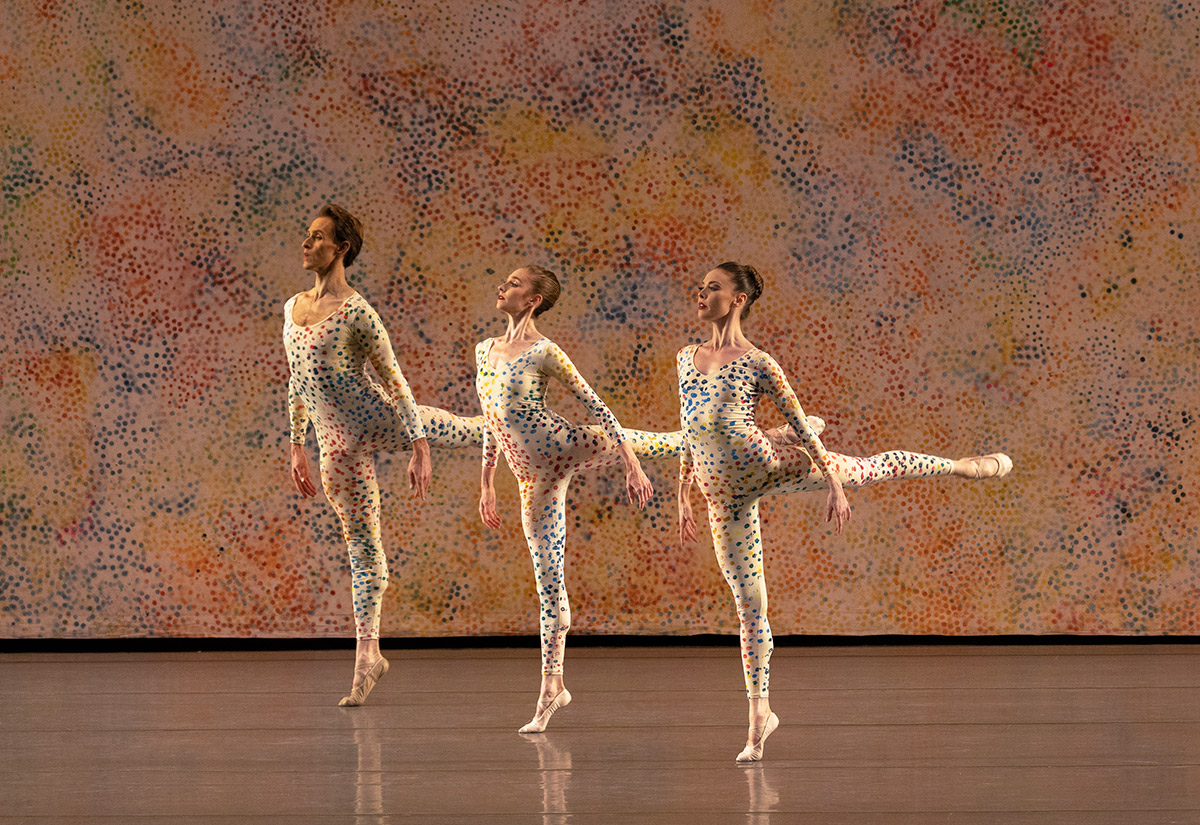
© Erin Baiano. (Click image for larger version)
A similar sense of order predominates in Merce Cunningham’s Summerspace, which followed. Famously, Summerspace is performed in front of a backdrop of colored dots, with a similar pattern covering the dancers’ unitards. Attired in this pastel camouflage, they appear to float through a colored landscape, further amplified by the chirps and flutters in Morton Feldman’s IXION, here played on wind instruments. Ashley Laracey, quietly absorbed, repeatedly “landed” on the floor, her legs lifted behind her like the tail of an exotic bird. Adrian Danchig-Waring traversed the space on relevé, periodically cocking his head to the side. Emilie Gerrity raised one leg up high, then rose onto the tips of her toes, sustaining the moment into eternity. Sebastian Villarini-Velez burst through the scene in huge jumps in which one leg was extended behind him, the other tucked under. The scene is quiet, serene, surprising, strangely stirring.
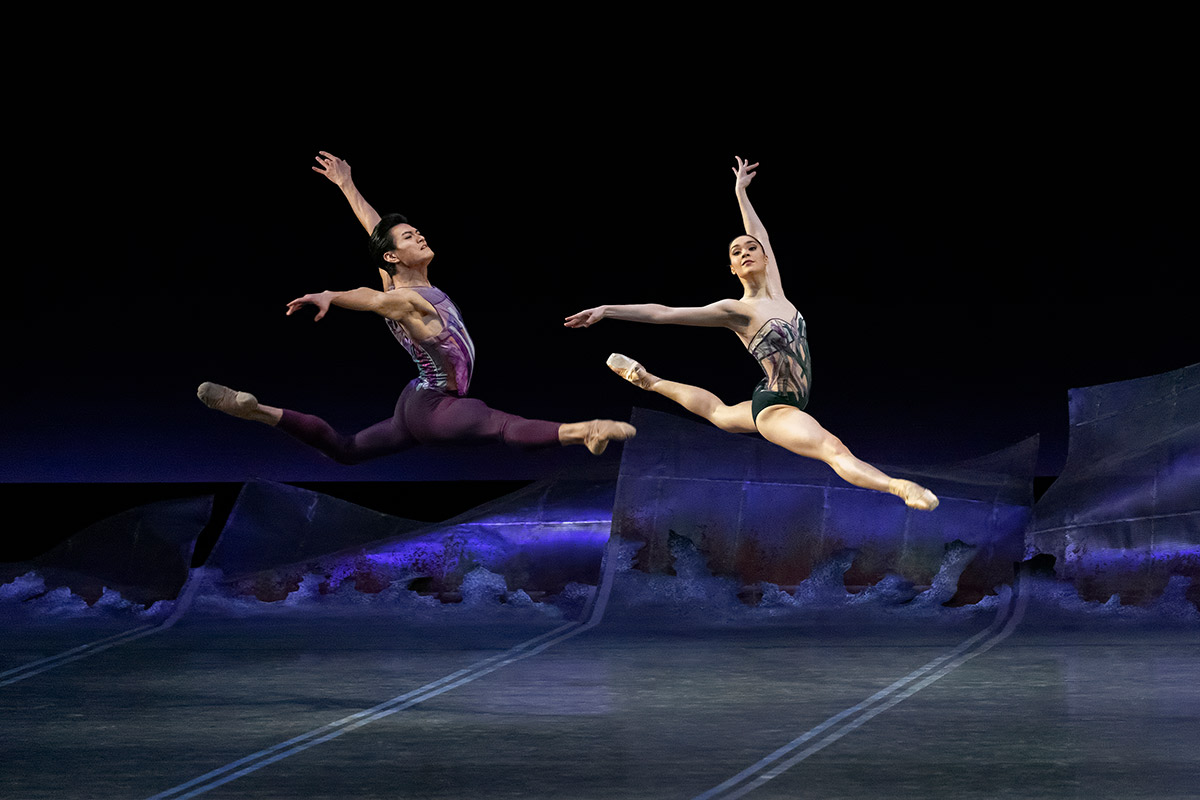
© Erin Baiano. (Click image for larger version)
To close, the company danced the large-scale DGV: Danse à Grande Vitesse, by Christopher Wheeldon. I’ve never been a fan of this slick, strangely affect-less work in which the dancers (particularly the women) become spokes and helices and turbines, relentlessly driven onward by Michael Nyman’s music. It suggests excitement, without ever quite producing it. But halfway through, Mira Nadon, newly promoted to soloist, burst onto the scene with a force and freedom that broke through the ballet’s shiny veneer. Her arms and legs were electric, her face beaming. This is a dancer to watch, a reason to go back to the theater again, and again, and again.












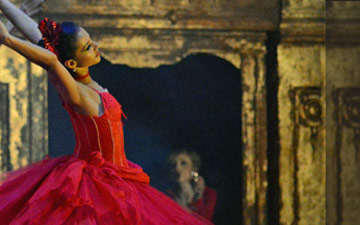

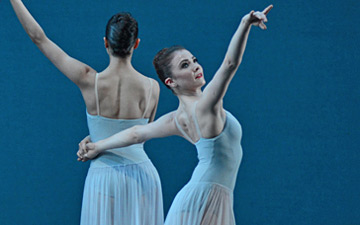
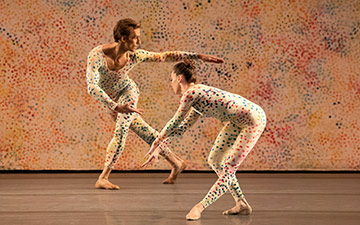
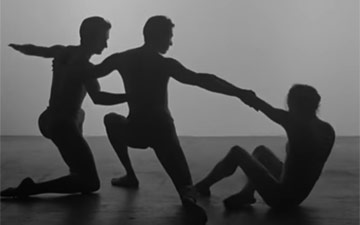
You must be logged in to post a comment.